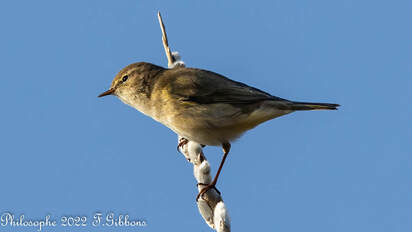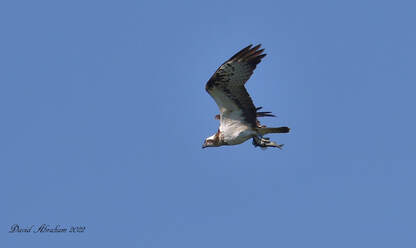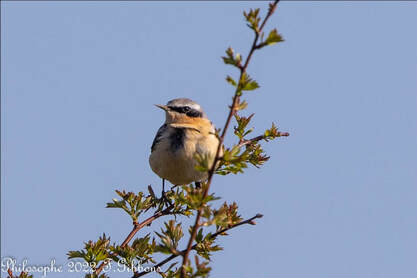What to look for in March
|
March Migrants
So spring is upon us, although winter as usual, is putting up a fight! I always find this time of the year exciting and wonder what spring migrants I will discover on my patch wanderings and what birds will be the first to be heard and seen within the Clyde recording area? Already a couple of Chiffchaffs have been found but we must wonder if these have been overwintering birds? This species is usually the first spring migrant to be heard and then seen with their distinctive “chiff, chaff, chiff, chaff” call which is why this bird is named as it is. Of course, it’s not a given as to what species will be recorded first but there are a few to look out for including, Osprey, Wheatear, Little Ringed Plover, Ring Ouzel and Sand Martin are all typical March candidates. For Osprey, look up! During the spring migration they can be literally seen anywhere heading to their breeding grounds throughout Scotland, although we are lucky enough to have a good number breeding within Clyde. A spring visit, particularity towards the end of the month to the Clyde estuary could easily produce a hunting or flyover Osprey. Wheatear again can be found anywhere along the Clyde estuary during spring passage and places such as Longhaugh Point or Ardmore are well worth a visit. Depending on the weather conditions birds may rest up for an hour or more along the Clyde estuary or can be found at random inland sites such as farms or even industrial estates. If favourable weather conditions prevail, then birds will often go straight to their mainly moorland and upland breeding sites. Any day out during this month to for example Culter Glen, The Campsies etc, again towards the end of the month, you may bump into a striking male Wheatear as they are usually the first to arrive. Little Ringed Plover is another bird which can be found at many locations within Clyde during March. Checking any ponds, pools or scrapes could turn up one of these cracking charismatic little waders. The scrapes at RSPB Lochwinnoch reserve, RSPB Barron’s Haugh/Carbarns Pool, Balgray Reservoir or Balmore Pool all have good history for this species on passage. Ring Ouzel, which is another upland bird that can be found from mid-March and one of our best sites for this species is Culter Glen in South Lanarkshire. Sand Martin is a candidate for the first spring species to be discovered and again anywhere along the Clyde estuary can be good as well the larger inland water bodies especially Strathclyde Loch. One of the first sites I have found it at is along the river Clyde at RSPB Baron’s Haugh. Already, in England quite a few of these species have been recorded along with very early Swallow and House Martin, so we can expect them in the Clyde any day soon? Although this current very cold front will inevitably be putting the brakes on? So, get out there and you just never know what you may find! And if you find anything please add it to the SOC grapevine and even more importantly record it preferably via BirdTrack which is extremely easy to use! Donald Wilson, 12th March 2023 |


